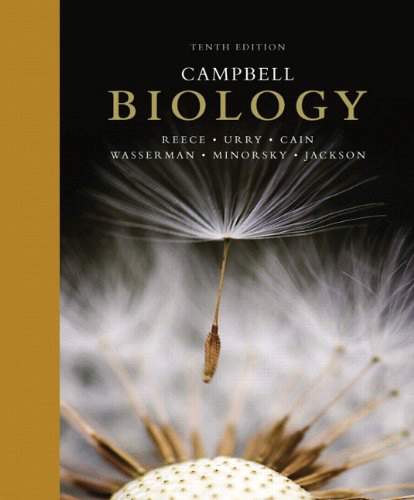Starting up...

This is a quick preview of the lesson. For full access, please Log In or Sign up.
For more information, please see full course syllabus of Biology
For more information, please see full course syllabus of Biology
Biology Genetics, Part II
Lecture Description
In this lesson, our instructor Bryan Cardella gives an introduction on part two of genetics. He starts by discussing karotyping, normal karotype and abnormal karotype. He then moves on to explain nondisjunction, chromosomal disorders, pedigrees, and genetic engineering.
Bookmark & Share
Embed
Share this knowledge with your friends!
Copy & Paste this embed code into your website’s HTML
Please ensure that your website editor is in text mode when you paste the code.(In Wordpress, the mode button is on the top right corner.)
×
Since this lesson is not free, only the preview will appear on your website.
- - Allow users to view the embedded video in full-size.
Next Lecture
Previous Lecture










































 Answer Engine
Answer Engine

0 answers
Post by Bryan Cardella on January 29, 2015
NOTE: With regard to amniocentesis, the way that the homologous pairs of chromosomes are typically put together is by taking a photograph of the extracted chromosomes, and then physically manipulating the parts of the photograph to put the pairs together for viewing. This is much easier than physically grabbing each chromosome under a microscope and putting them side-by-side. Chromosomes are waaaay too small to grab with tweezers :-)